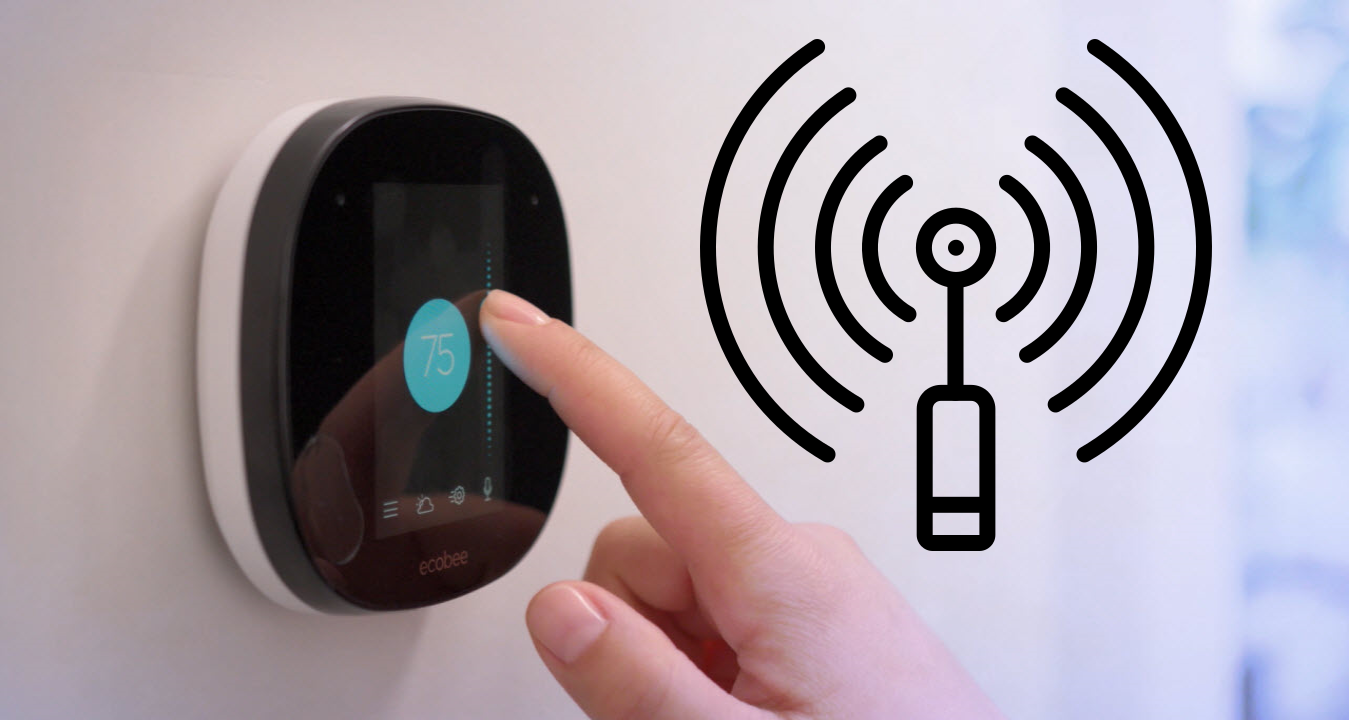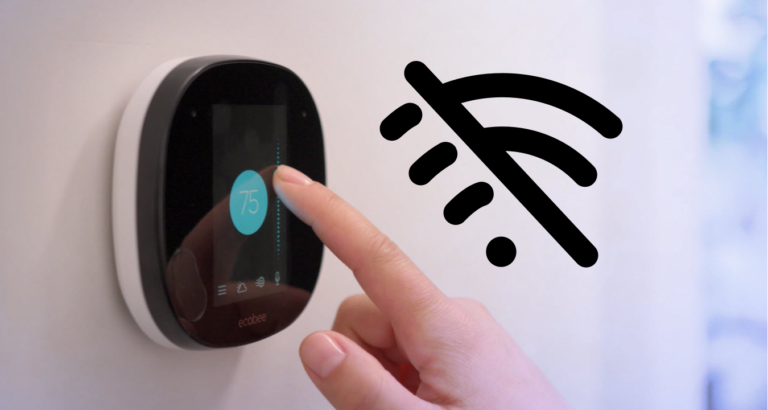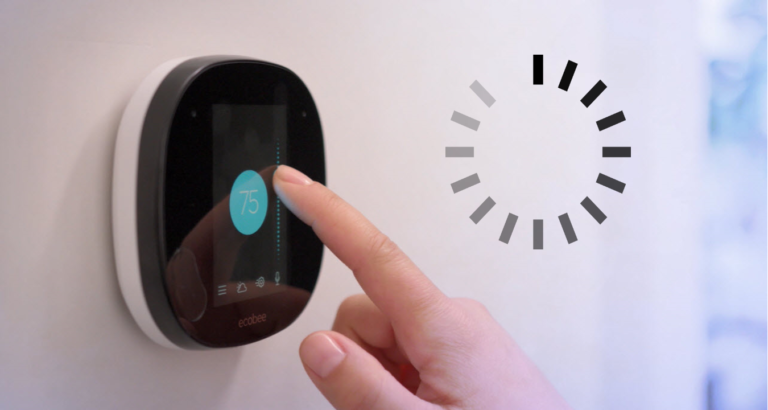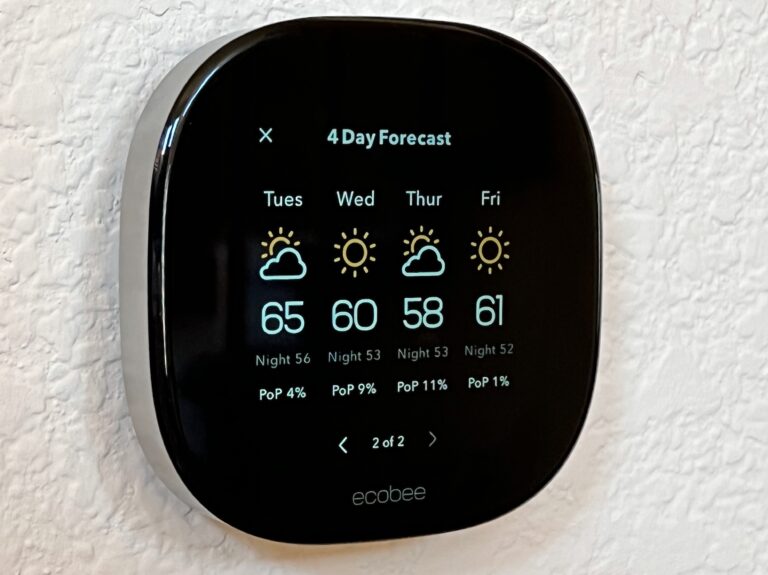How Long Does Ecobee Motion Sensor Take to Go Unoccupied?
The Ecobee smart thermostat is equipped with advanced motion sensors that help optimize energy efficiency and comfort in your home.
These motion sensors play a crucial role in detecting occupancy and adjusting temperature settings accordingly.
One common question that arises among Ecobee users is how long it takes for the motion sensor to recognize when a room becomes unoccupied.
In this blog post, we will explore the factors that influence the Ecobee motion sensor’s unoccupied detection time and provide insights to help you understand and optimize its functionality.
Understanding Ecobee Motion Sensor
The Ecobee motion sensor is a passive infrared (PIR) sensor that detects changes in heat signatures within its field of view.
When the sensor detects motion or occupancy in a room, it signals the Ecobee thermostat to maintain the desired temperature setting.

However, when the sensor no longer detects any motion, it transitions to an unoccupied state, prompting the thermostat to adjust temperature settings for energy savings.
Factors Affecting Unoccupied Detection Time
Sensor Sensitivity
The Ecobee motion sensor’s sensitivity level can affect how quickly it detects motion and determines when a room becomes unoccupied.
By default, the sensor is set to a balanced sensitivity level, but you can adjust it based on your preferences.
Higher sensitivity settings may result in quicker detection of motion and unoccupied status, while lower sensitivity settings may delay the transition to unoccupied.
Motion Patterns
The motion patterns within a room can influence how quickly the Ecobee motion sensor recognizes unoccupied status.
Suppose there is consistent movement or activity in the room, such as people walking by or pets roaming around.

In that case, the sensor may interpret this as continuous occupancy and delay the transition to unoccupied. Conversely, in rooms with minimal or sporadic movement, the sensor is more likely to detect unoccupied status sooner.
Detection Time Settings
Ecobee allows users to customize the motion sensor’s unoccupied detection time.
This setting determines how long the sensor waits before transitioning to unoccupied after it no longer detects motion.
By default, the detection time is set to 30 minutes, but you can adjust it to suit your specific needs.
Shorter detection times result in quicker transitions to unoccupied, leading to faster temperature adjustments for energy savings.
Optimizing the Ecobee Motion Sensor
Sensor Placement
Proper placement of the Ecobee motion sensor is crucial for accurate occupancy detection. Install the sensor in a central location within the room, away from direct drafts or obstructions that could interfere with its field of view.
Ensure that the sensor is positioned at an appropriate height and angle to capture the room’s entire area effectively.
Adjusting Sensitivity
If you find that the Ecobee motion sensor is not transitioning to unoccupied status as quickly as desired, consider adjusting the sensor sensitivity settings.
Increasing the sensitivity may help detect motion more promptly, resulting in faster transitions to unoccupied.
However, be cautious not to set it too high, as it could lead to false occupancy detections.
Customizing Detection Time
Evaluate the typical patterns of occupancy in your home and adjust the motion sensor’s unoccupied detection time accordingly.
If you have rooms with frequent and brief occupancy, you may want to decrease the detection time to ensure energy savings during short unoccupied periods.
Conversely, if rooms experience longer periods of intermittent occupancy, you can extend the detection time to avoid unnecessary temperature adjustments.
Follow Me
Ecobee’s “Follow Me” feature allows the thermostat to prioritize temperature control based on occupancy in specific rooms rather than relying solely on the motion sensor in one location.
By enabling this feature, the thermostat takes into account multiple motion sensors in different rooms, providing a more accurate temperature.







